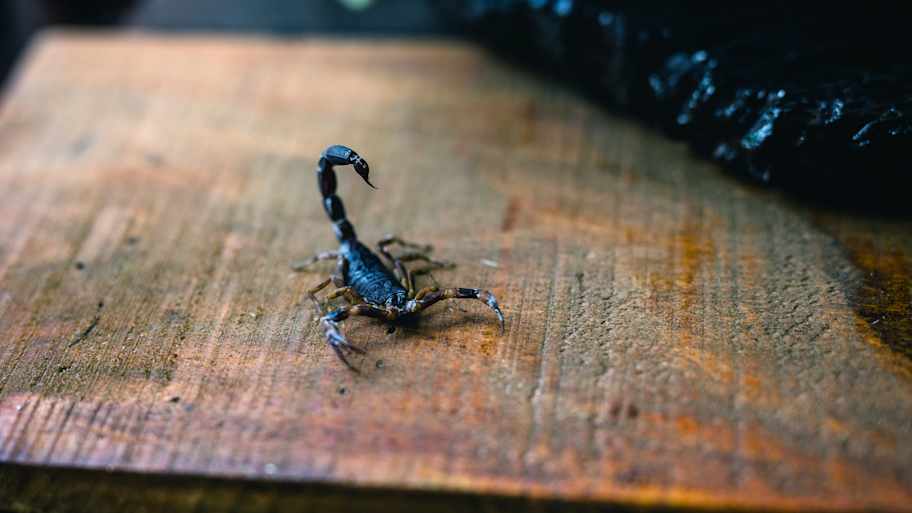10 Easy Ways to Rodent-Proof Your Home
Make sure you never find a mouse in your house


We all love welcoming visitors in our homes, but mice (and not the kind from the pet store) aren’t on our guest list. Rodents like mice and rats can carry diseases, contaminate your food, chew through electrical wiring, and cause a massive headache. Thankfully, there are easy ways to prevent house mice yourself.
Hiring an Exterminator vs. DIY Rodent Removal
On average, it may cost you around $350 for professional rodent removal. However, rodent-proofing yourself will save you money because you won't pay for the labor an exterminator will charge. Expect rodent-proofing materials to run you $75 to $300, depending on how many items you choose to use.
1. Inspect Your Foundation
To mouse- and rat-proof your house, begin by checking the foundation for any openings or gaps. Seal any holes that are big enough to allow rodents to enter. A wire mesh patch or spray foam insulation is helpful here.
2. Verify All Entry Points
Examine your home's doors and windows. Check that all entry points are shut with no gaps between them that rodents could use to come inside. You can also install metal kick plates to connect any open areas.
3. Examine Your Roof and Check the Attic
As creepy as it sounds, roof rats are also a concern. Inspect your roof for holes, gaps, or leaks in the ventilation systems, shingles, and chimneys. If you discover any, make repairs or hire a local roofing pro to do so.
Check your attic, too, since rodents like to nestle up in the insulation. Spray foam insulation may help keep rodents from finding a cozy place to sleep during the wintertime.
4. Keep Watch of Your Pipe or Wire Lines
Rodents may use pipes and wires that enter your home as pathways to get inside. To prevent access, use metal rodent guards to keep them out.
5. Keep Everything Clean and Clutter-Free

Mice and rats love an unkempt house—especially if there’s food or crumbs are on the floor or countertops. Rodent-proofing means you should keep a clean environment, especially where you cook and store food. Any leftovers or open food might attract hungry mice.
Sweep the floors and clean your kitchen counters often. Keeping garbage in sealed bags or containers is a must, too.
6. Contain and Seal Pet Food
Right after purchasing dog and cat food, transfer them to airtight, sealable storage containers. Keeping your fur baby’s food in the bag can be all too tempting for a mouse to chew its way inside in search of kibble. Rodents adore dry pet foods because they're like an all-you-can-eat buffet.
7. Contain and Seal Dry Food Ingredients
Flour, sugar, and other food kept in bags or cartons are also vulnerable to rodents and bugs. Keep these ingredients in tightly sealed plastic or metal containers on high shelves. This can keep rodents from scoping out your pantry.
8. Keep Exterior Doors Closed
Garage doors left open can be an invitation to rats and mice, especially in the fall when these animals are looking for a warm refuge. Get into the habit of closing your garage door and close any side entry doors to the garage, too. To keep rodents out, ensure sliding patio doors and windows have protective screens.
9. Keep Rodents from Under Your Deck or Porch
To keep your home rodent-free, you have to keep them off your deck or porch, too. Always make sure your space is free of scraps after a backyard cookout.
Rodents also prefer dark, isolated, well-concealed areas, so letting light into their formerly gloomy den eliminates any comfortable hiding places. A motion-sensor light is a good solution.
Sweep out leaves, grass, loose dirt, and whatever else is trapped under your deck. This removes cozy, warm nesting materials. Finally, install a mesh screen with no holes big enough for those pesky critters to squeeze through.
10. Use Traps and Deterrents
Setting humane mouse traps beside your entry points is an easy way to catch any critters who do make it inside. Once they’re trapped, release them in a field away from your house.





- Pest Control Services
- Ant Exterminators
- Mosquito Control Companies
- Rodent Control
- Termite Control
- Bee Removal
- Animal Control
- Bed Bug Control
- Pest Inspection
- Flea Control
- Raccoon Control
- Skunk Control
- Spider Control
- Cockroach Control
- Bird Control
- Bat Control
- Opossum Control
- Snake Control
- Groundhog Removal
- 24 Hour Pest Control Services
- Bug Control
- Fumigation Companies
- Termite Tenting
- Lawn Pest Control Services










